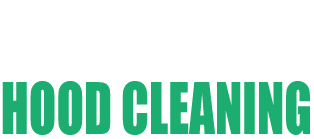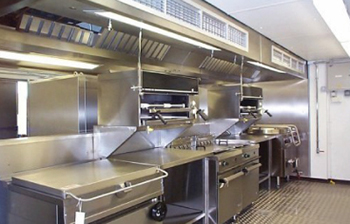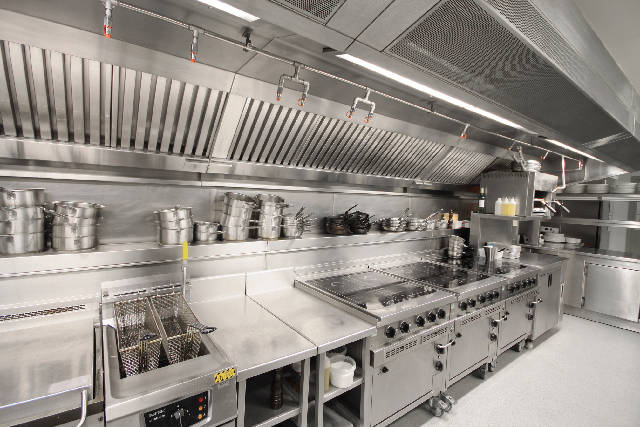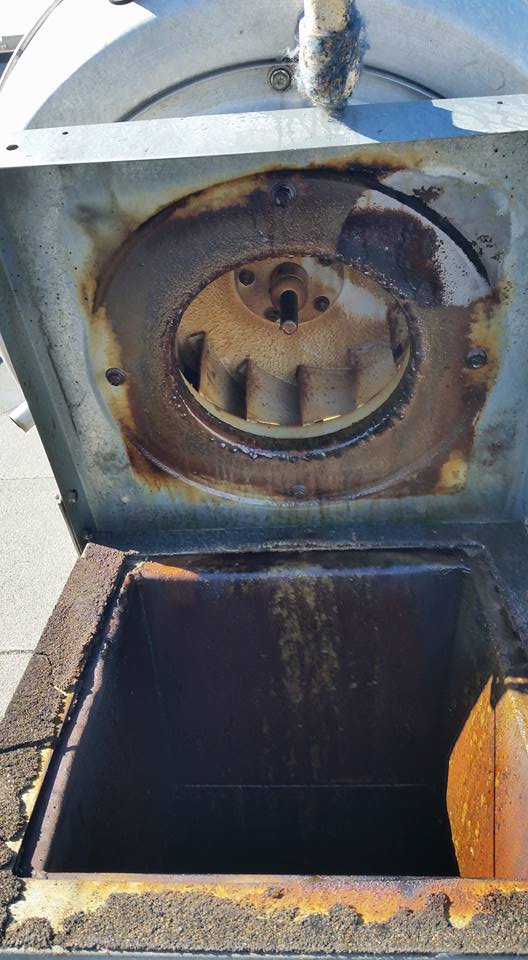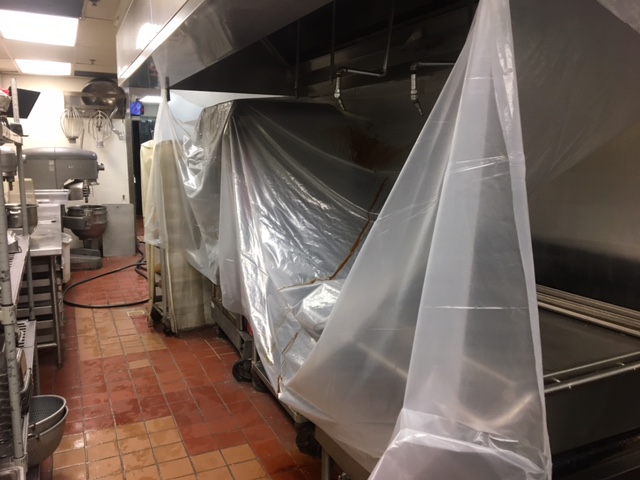Cleaning Hoods in San Jose Restaurants Unraveled: An Exploration into Five Essential Techniques for Owners
Introduction For any restaurant to remain successful in today’s competitive restaurant industry, maintaining a clean and safe environment is of the utmost importance. One area which often needs special consideration is the hood and exhaust system. Hood cleaning not only ensures sanitation standards are upheld but can also prevent fire. San Jose restaurant owners must understand all five essential techniques involved with hood cleaning to protect both safety and efficiency within their establishments. In this guide we’ll go into depth on each technique used for effective hood cleaning to demystify this process for them. Table of Contents
San Jose Restaurants should understand why hood cleaning is crucial and understand the consequences of ignoring hood cleaning.
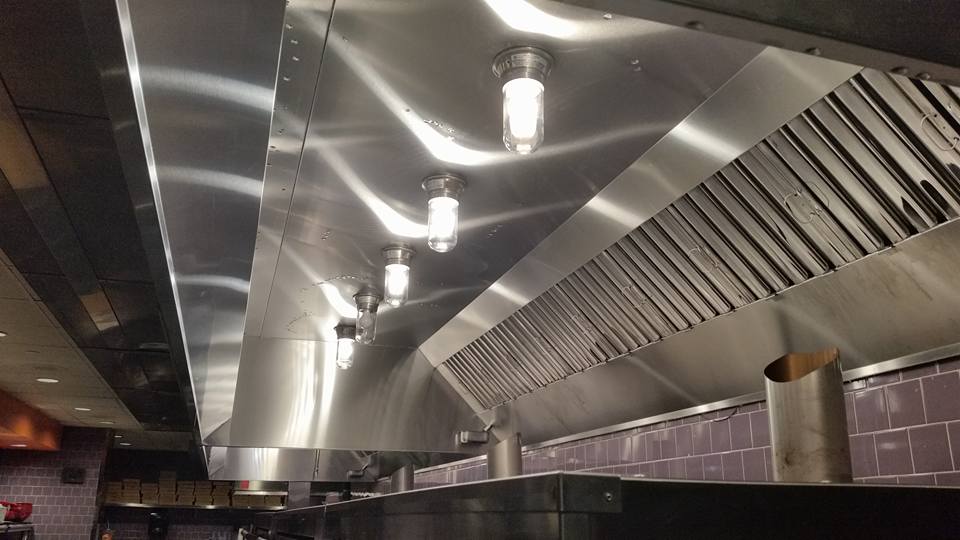
Additionally, understanding different types of hoods and exhaust systems as well as five essential techniques for cleaning them (inspect and prepare, degrease the Hood/Filters, Clean the Ductwork). Among these techniques: 1 (inspection & preparation), 2 (degrease/deodorize/degreasing hood/filters ) and 3 (cleaning Ductwork)
Hood Cleaning Is Essential to San Jose Restaurants
Hood cleaning is both necessary for compliance with health and safety regulations as well as essential for creating an hygienic, clean atmosphere in restaurants. Hoods serve as the primary defense against grease buildup and potential fire risks; without regular inspection, grease may accumulate to create dangerous fire hazards that threaten both patrons as well as staff members at their establishment. Therefore, San Jose restaurant owners must prioritize hood cleaning in order to guarantee its longevity and ensure the wellbeing of their establishments.
Neglecting Hood Cleaning
Skipping out on cleaning the hood and exhaust system regularly can have dire repercussions for San Jose restaurant owners. Accumulated grease in both can become highly flammable, increasing the risk of fire breakout. According to the National Fire Protection Association (NFPA), an estimated 30% of restaurant fires are caused by grease accumulation within their kitchens – these fires not only threaten staff and customers’ safety, but may lead to property damage, legal issues or even the closure of their business altogether. By understanding these risks associated with neglecting hood cleaning, owners can take proactive measures against such hazards.
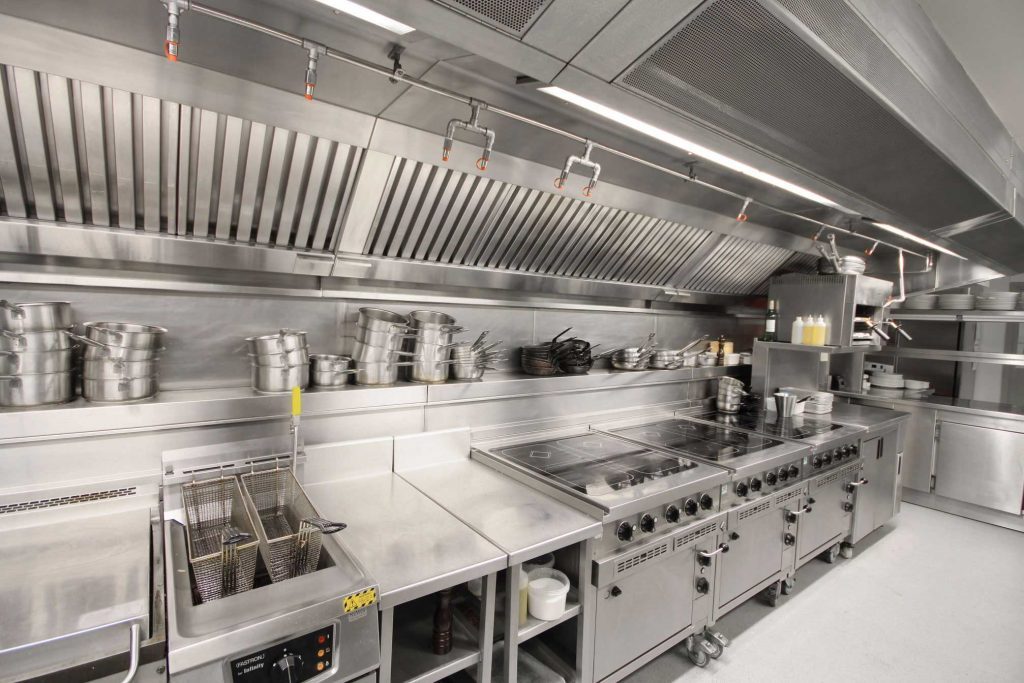
Before committing to cleaning techniques for their hood, San Jose restaurant owners should make an effort to understand the various types of hoods and exhaust systems frequently employed within their industry. Two primary examples include:
Type I Hoods: Designed to remove heat, smoke and grease-laden vapors produced during cooking equipment such as grills or deep fryers that produce grease, these hoods are typically placed above these devices for optimal operation.
Type II Hoods (commonly referred to as condensate hoods) are used with cooking equipment that produces heat and steam but no grease, in order to control condensation and remove heat efficiently. They primarily exist to remove excess heat while controlling condensation levels.
Each type of hood requires specific cleaning techniques for optimal performance and safety, so San Jose restaurant owners should be aware of which kind they own to select appropriate methods of hood maintenance. Here are Five Essential Techniques for Hood Cleaning that may prove helpful:
Before beginning hood cleaning in San Jose restaurants, it is essential to conduct an initial comprehensive inspection. Checking for signs of damage such as loose connections or malfunctioning parts as well as making sure all required tools and cleaning agents are accessible is paramount to an efficient process.
Degreasing Hood and Filters
The initial step in cleaning an exhaust system hood or exhaust hood involves dislodging grease buildup from its surfaces and filters, such as those found at San Jose restaurants. A degreasing agent specifically tailored for this task should be used, adhering to manufacturer instructions while using proper safety gear during this process. Doing this helps maintain proper airflow as well as prevent future grease accumulation.
Cleaning Ductwork
Ductwork is an integral component of a restaurant hood and exhaust system, transporting grease-laden air out of a restaurant through vents. Over time, however, grease build-up in these ducts may restrict airflow and increase fire risk; to protect their business’s future San Jose restaurant owners should hire professional duct cleaning services to thoroughly cleanse ducts to maintain optimal functionality while preventing unsafe situations from developing.
Removing grease from fans and motors hood and exhaust fans and motors in San Jose restaurant kitchens may become clogged with grease over time, diminishing their performance and lifespan. Regular cleaning and lubrication will ensure smooth operation and reduce breakdown risks and fire hazards – increasing overall system efficiency as well as risk.
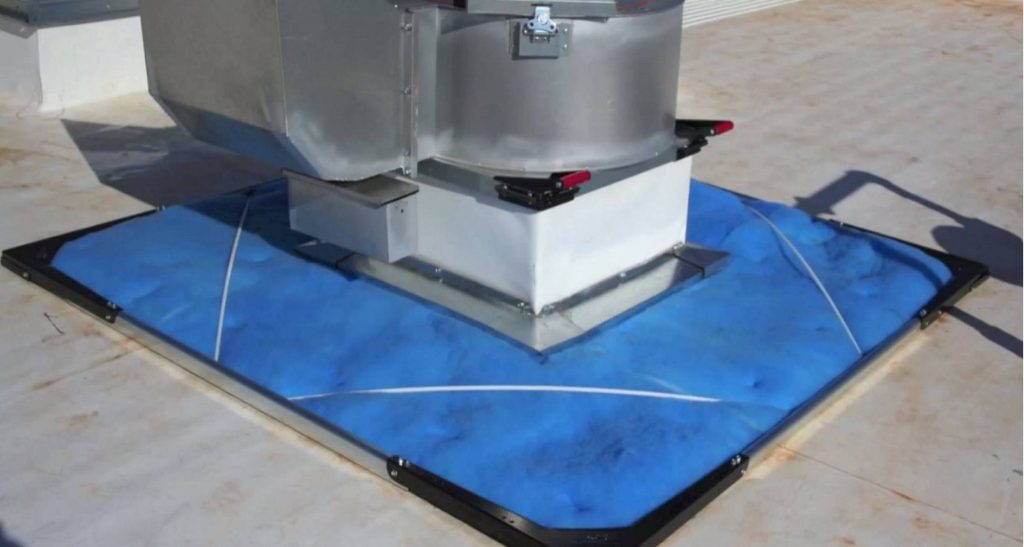
Final Inspection and Maintenance
After the cleaning process has been completed, it is critical that a final inspection and maintenance schedule be created in order to ensure all components of the hood and exhaust system are clean and in working condition. San Jose restaurant owners should establish regular preventive maintenance programs to avoid accumulations of grease in their system through routine inspections, filter replacements, and access cleaning of accessible areas.
Frequently Asked Questions (FAQs).
Q: How often should hood cleaning in San Jose restaurants occur?
A: It is advised that restaurants in San Jose conduct hood cleaning at least every three months, though this could vary depending on cooking volume and type of food being prepared. For additional guidance it may be prudent to check local health regulations or manufacturer recommendations for specific guidelines.
Q: Can restaurant staff clean the hoods themselves?
A: While restaurant staff may perform routine hood surface cleaning themselves, for comprehensive hood cleaning it is recommended to hire professional services with expertise, tools and an understanding of safety protocols to provide thorough yet safe hood cleaning.
Q: Does San Jose have regulations or standards regarding hood cleaning?
A: San Jose does have specific hood cleaning regulations and standards in place, which restaurant owners must abide by to remain compliant. These include guidelines set by local health departments, fire departments and other relevant authorities that outline minimum standards to follow when cleaning their hoods – failing to do so may incur fines, penalties and/or the suspension of operating licenses.
Q: How long does hood cleaning typically take?
A: This depends on a variety of factors, such as the size and exhaust system configuration, amount of grease build-up, and effectiveness of cleaning team. On average, comprehensive hood cleaning takes between two and six hours to complete.
Q: What are some signs that indicate immediate hood cleaning is required?
A: A few indicators for prompt hood cleaning in San Jose restaurants include excessive smoke, foul odors, decreased airflow, grease dripping from the hood and visible grease buildup on its surfaces – any or all of these could indicate the need for immediate service. Should any or all these symptoms be observed promptly schedule a hood cleaning service as soon as possible.
Q: Can dirty hoods affect the taste and quality of food?
A: Yes, dirty hoods can have an adverse impact on both. Grease buildup can emit unpleasant odors that alter flavors in cooked dishes.
